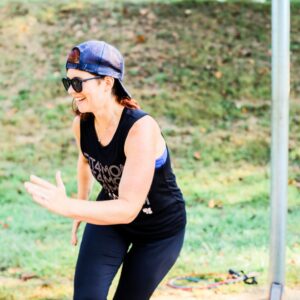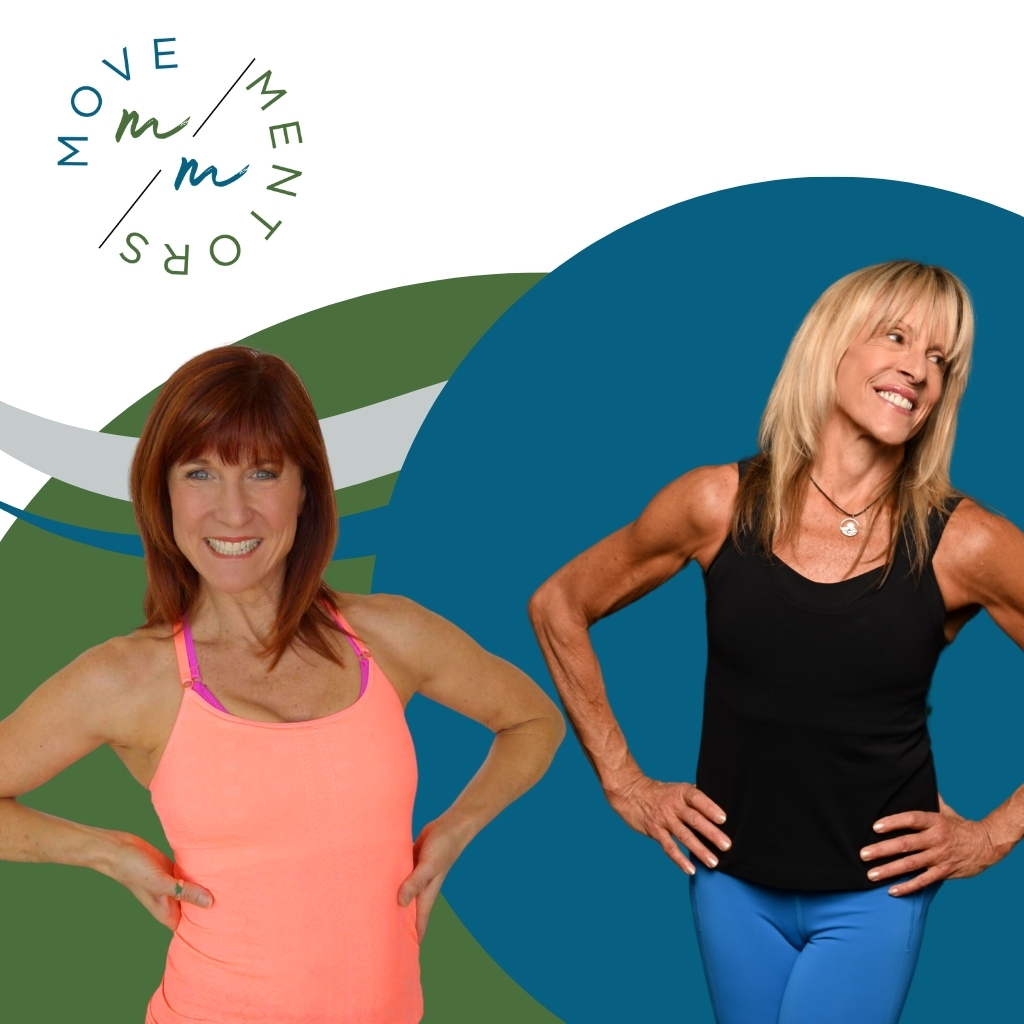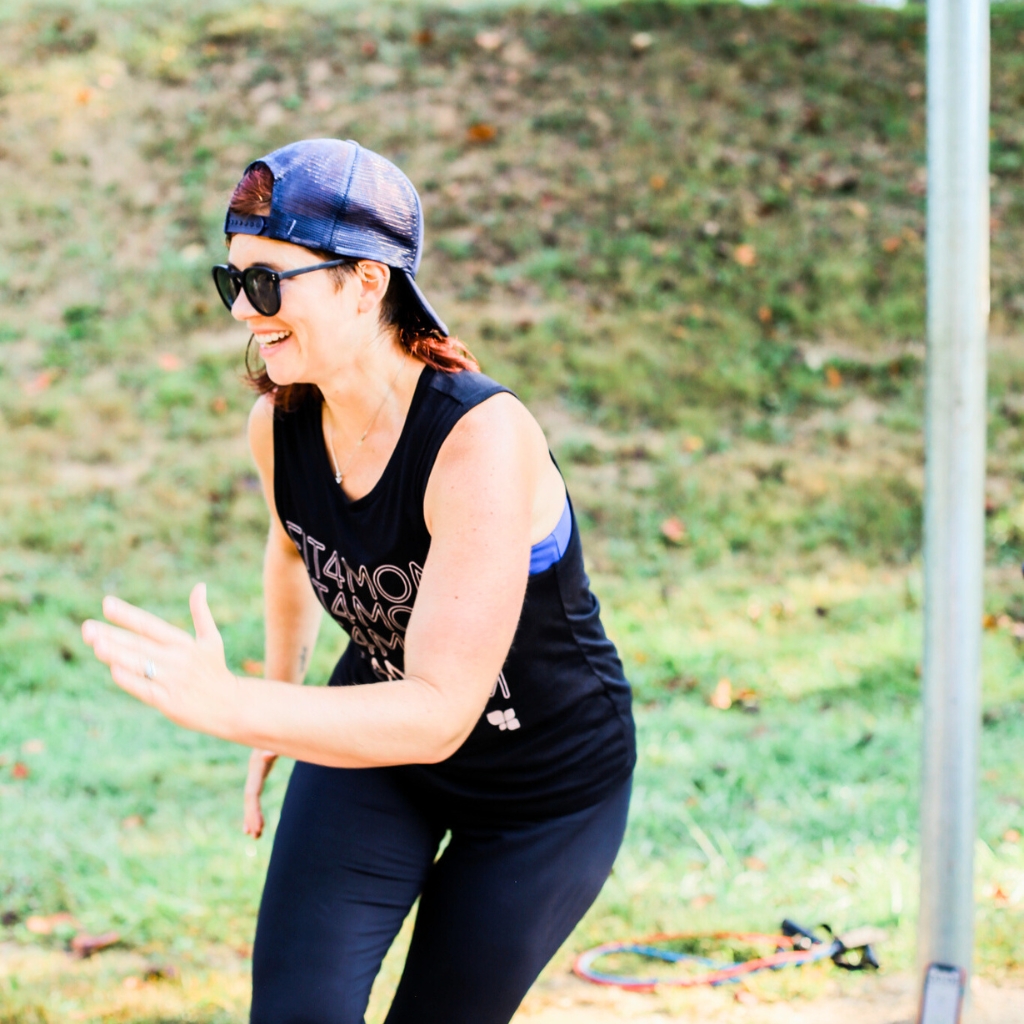When most people think of core training, crunches and planks usually come to mind. But true core strength isn’t just about a six-pack—it’s about learning how to brace your core. Core bracing is the art of engaging your deep abdominal muscles to create stability, protect the spine, and improve overall movement efficiency. And with the right tools—like the Bender Ball—you can make this foundational skill more effective (and more fun) in every class you teach.
Why Core Bracing Matters
Core bracing isn’t just for weightlifters or athletes. It’s a skill that benefits everyone, from the active ager who wants to prevent falls to the athlete who wants to improve performance. Research published in the Journal of Orthopaedic & Sports Physical Therapy shows that core stability plays a crucial role in reducing the risk of low back pain and improving biomechanical efficiency.
When you brace, you increase intra-abdominal pressure, creating a natural “corset” of support around the spine and pelvis. This stability helps:
Prevent excessive arching or rounding of the spine
Enhance posture and alignment
Improve strength, speed, and power
Reduce the risk of injuries
In short: a braced core creates a foundation for movement that protects the body and amplifies performance.
Using the Bender Ball for Better Bracing
The Bender Ball is an incredibly versatile tool for teaching and training core bracing. Because of its small size and ability to compress, the ball provides participants with immediate feedback on whether they are engaging their core properly.
The Bender Ball is more than just a small exercise prop—it’s a tactile, feedback-driven tool that transforms how participants learn to engage their core. Its compact, compressible design allows it to be placed in strategic positions—between the thighs, under the low back, or even behind the scapula—so that participants can feel whether their core muscles are properly activated.
This immediate, physical feedback helps participants understand subtle adjustments they might not sense otherwise, which is crucial for teaching proper bracing technique. Unlike exercises performed on a mat alone, the Bender Ball provides a point of contact that responds to movement, letting participants know if they are over-arching, collapsing, or maintaining optimal alignment.
Why This Matters for Your Classes
Adding the Bender Ball into your training sessions isn’t just about making core exercises harder—it’s about teaching smarter. With this tool, participants gain:
Immediate tactile feedback for correct bracing
A deeper connection to their movement patterns
Long-term benefits in strength, flexibility, and function
It’s not just about building muscle—it’s about creating muscle that matters. By pairing the science of braced core training with the versatility of the Bender Ball, you give your clients the tools to move better, feel better, and live better.
Are you ready to integrate the power of the Bender Ball into your training? Join us in our upcoming workshops and programs where we show you how to turn core science into fun, functional workouts.
Not sure where to start?
Enroll in our Starter Kit to unlock
1. a 30-Minute MyFIIT workout
2. Chia Pudding recipe video,
3. a 2- minute guided meditation, and
4. 3 ways to make social media easier.







